Mold Myths: A Clearer Picture of the Facts

Mold, a common household foe, often shrouds itself in myths and misconceptions, leading to confusion and unnecessary concern among homeowners. One pervasive myth suggests that mold is exclusively a concern for older homes, yet mold can infiltrate any dwelling, regardless of its age. Newer constructions are not immune, as mold growth can result from various factors such as water leaks, poor ventilation, or high humidity. The key lies in addressing moisture-related issues promptly to prevent mold from establishing a foothold.
Another prevalent myth revolves around the perception that all mold is toxic black mold. While Stachybotrys chartarum, commonly referred to as black mold, can produce mycotoxins under specific conditions, not all black molds are toxic. Moreover, the color of mold does not necessarily indicate its potential harm. Identifying the specific type of mold requires professional testing, and effective mold management involves addressing the underlying moisture issue rather than fixating on color.
The belief that bleach is a panacea for mold issues is a persistent myth. While bleach can kill mold on non-porous surfaces, it is ineffective on porous materials, allowing mold to thrive beneath the surface. Additionally, bleach does not address the root cause of mold growth, which is moisture. Comprehensive mold remediation involves not only cleaning visible mold but also eliminating the conditions conducive to its development.
Assuming that mold remediation is a straightforward do-it-yourself task is another misconception. While small, isolated mold problems may be manageable with proper precautions, extensive mold infestations or those affecting sensitive individuals should be addressed by professionals. Mold removal requires specialized equipment, expertise, and an understanding of safety protocols to minimize health risks during the remediation process.
Even meticulously clean homes are not immune to mold. Mold spores exist everywhere, and they can enter homes through open windows, doors, and HVAC systems. Maintaining cleanliness is important, but it does not guarantee mold prevention. Vigilance in addressing moisture issues, proper ventilation, and regular inspections are crucial elements of a comprehensive mold prevention strategy.
Assuming that mold only grows in visible areas is a common misconception. Mold can thrive in hidden spaces such as wall cavities, behind wallpaper, or within HVAC systems. This hidden growth can go unnoticed for extended periods, causing potential health risks and structural damage. Regular inspections, especially in areas prone to moisture, are essential to catch hidden mold growth early.
While individuals with allergies or respiratory conditions may be more susceptible to mold-related health issues, it does not mean that mold is harmless for those without known allergies. Prolonged exposure to mold spores, regardless of allergies, can lead to respiratory irritation, headaches, and other health concerns. Everyone, regardless of their health status, should take mold prevention seriously.
Assuming that mold removal alone solves the problem is a misconception. Successful mold management involves identifying and addressing the root cause of mold growth. Without eliminating the moisture source, mold is likely to return. Post-remediation verification is crucial to ensuring that mold levels have returned to acceptable levels and that the remediation efforts were effective.
In conclusion, debunking mold myths is essential for homeowners to make informed decisions about prevention and remediation. Understanding that mold can affect any home, regardless of its age or cleanliness, and recognizing the limitations of DIY approaches can empower individuals to take effective measures. Professional assistance, when needed, ensures a thorough and safe mold remediation process. By dispelling these myths, we create a more accurate and nuanced perspective on mold, allowing us to approach the issue with clarity and confidence.



